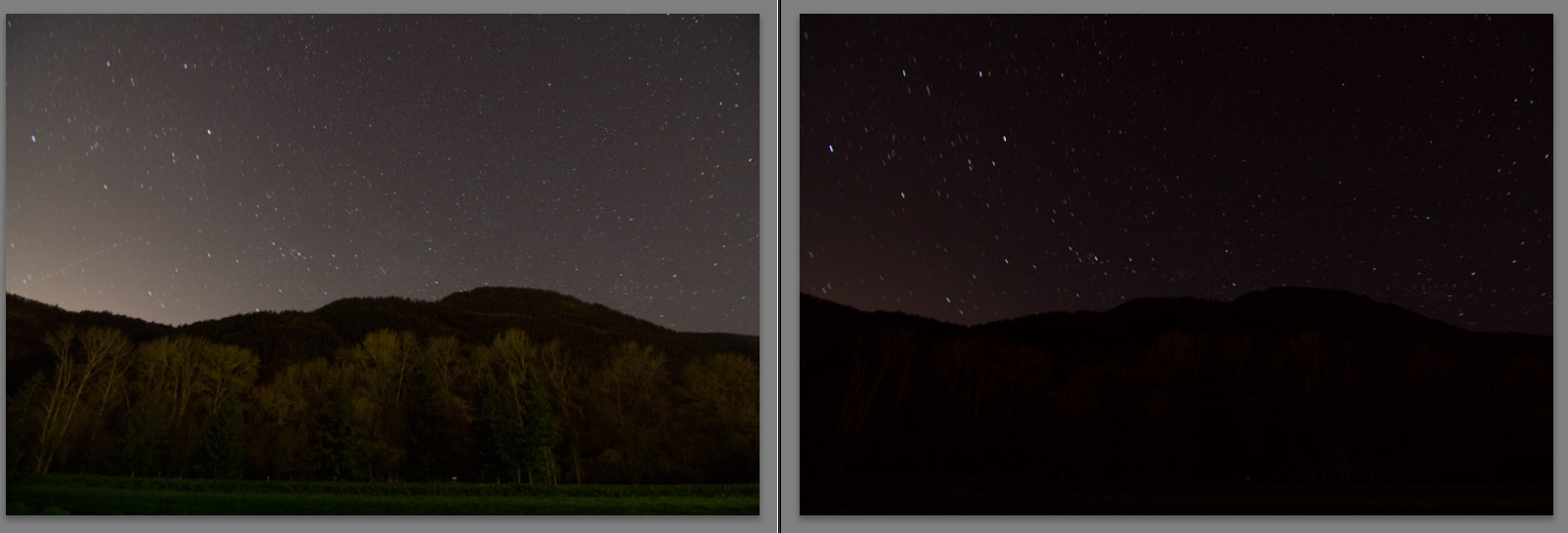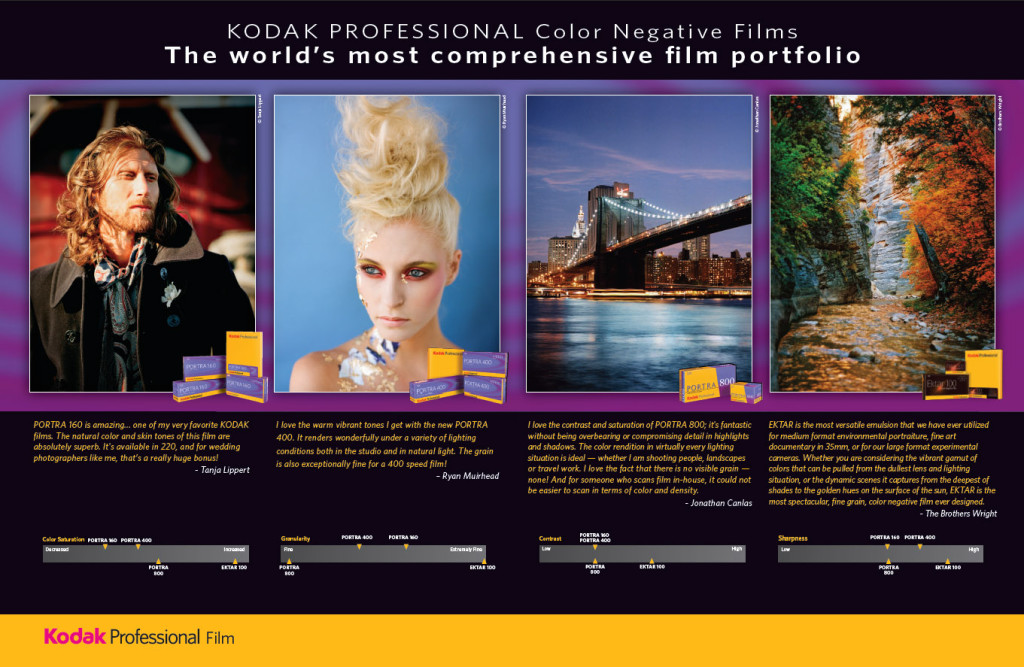Breaking the 30 second barrier with a Pentax DSLR (Interval Composite Mode)
Image created in camera by moonlight using 4 30second exposures
One of the restrictions of many DSLR cameras is the limit of the longest exposure you can set is 30 seconds. This forces you to use bulb mode and a separate method of timing the exposure. There is an alternative though with newer Pentax cameras such as the K-3, K-3II and recently announced K-1. The way it is achieved is by changing the drive mode to interval composite. When set to this mode you also want to set the combining to additive so that all the exposures are summed together into one file. 
Next select an interval that is larger than the length of the exposure (This is a necessary setting). So if your going to use the 30 second maximum set this to around 33 seconds as that allows enough time for the exposure and processing of the file. After that it’s just a matter of selecting how many exposures or in this case how many times 30 seconds. For example 4 exposures would equal 2 minutes, 20 would result in a total of 10 minutes. There is a drawback and that is the necessary short gap between exposures. If there is something moving in a predictable way such as a star it’s going to leave a small gap where it isn’t recorded.

Here the multiple exposures have given my time to walk around in the scene and manual trigger a flash
Of course you can also use a shutter release cable in bulb mode and lock it down I just wanted to present an alternative method that is more automatic and controllable
Back before digital there really was only one way to create star trail images and that was to use a very long exposure and some trial and error. You can still do this but digital sensors behave differently than film over long periods and digital noise can become an issue. Some people have used a different method where they capture multiple images over a period of time perhaps hundreds of them and then stack them using computer software. The new Pentax K-1 apparently has a new composition mode that facilitates doing this in camera referred to as star streams (It turns out that that feature is actually a method of creating 4K time-lapse movies where the star trail ends fade out after a period of time, it will be interesting to see) but I wanted to share how you can do it now with the K-3 or K-3II
You still use the image composite drive mode but rather than setting the combining to ‘additive’ you want to set it to ‘bright’

This way bright objects such as stars will be added to the exposure while darker things such as a foreground will be left dark. This is different from a long exposure because of the way the frames are combined and is most easily illustrated. The following pictures where both taken with settings of ISO 1600 f5.6 120 Seconds. The one on the left with bulb mode and the one on the right by combining 8 15 second exposures.
While not long enough to really show the star trails yet you can see that the accumulation of light pollution and noise is having an adverse effect on the long exposure more than the composite image. Also at some point continuing on in bulb mode the foreground would become over exposed.
In this next image I’ve stepped it up to 18 exposures of 20 seconds for a total of 6 minutes which is still too short a time to create a dramatic image but this can easily be extended further by just adjusting the number of images to be ‘stacked’

If I get a clear night in the near future I will update this with a longer capture. The point though is that there are tools built into these cameras that are waiting for creative exploration. As a side note the image that is generated can be a RAW file and tends to have less noise due to the combining of the images. Also generating images in this way doesn’t require dark frame subtraction and the time penalty that entails. Although the dark frame count down timer on the top LCD is a nice touch its like waiting for water to boil and is lost time. And of course you aren’t burdened with dealing with a whole pile of files on your card and in your computer which is a very film like notion.











































































































